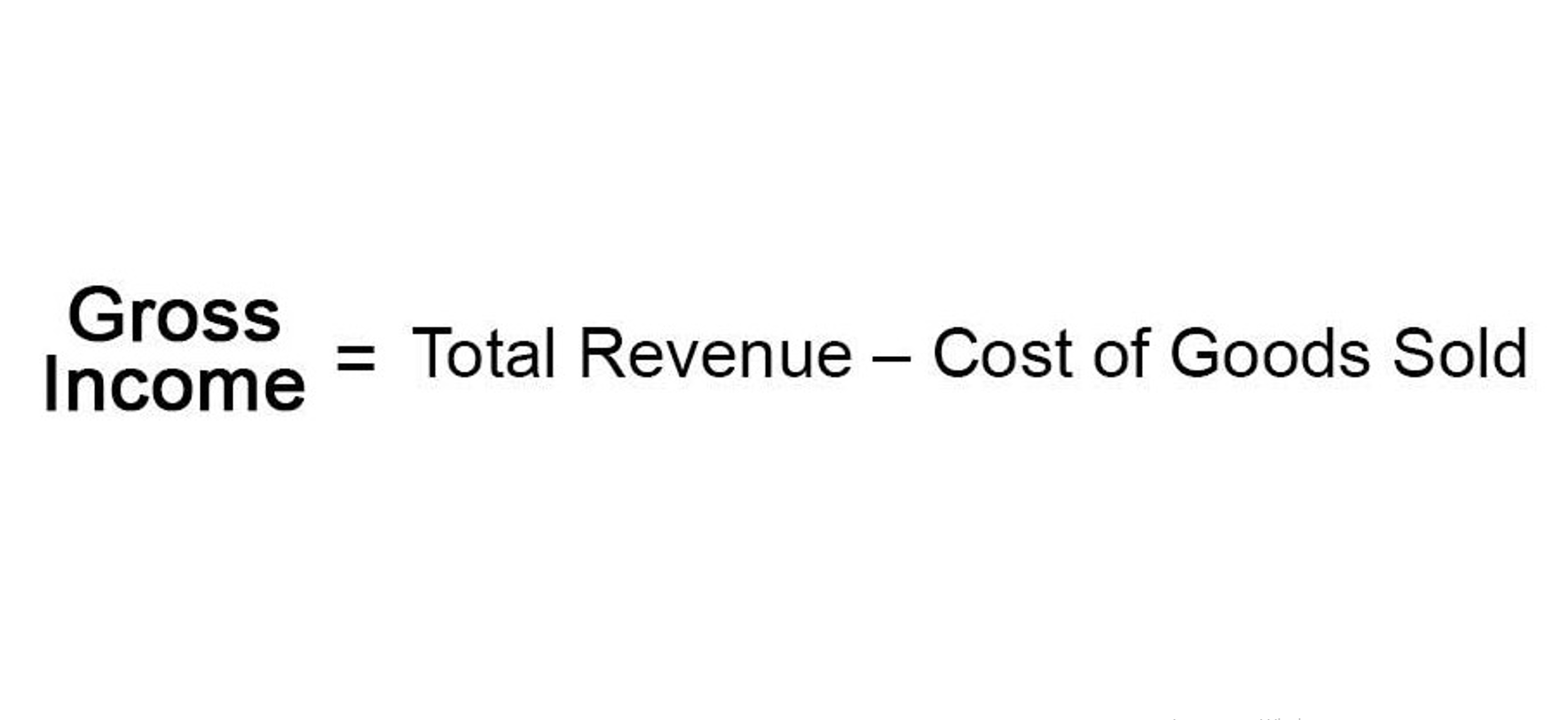Balance Sheet Order: A Complete Guide for Accounting

Long-term debt is the least liquid asset, as it represents a long-term financial obligation that may take years to pay off. Assets are listed in the balance sheet in order of their liquidity, with cash at the top as it’s already liquid. This makes sense, as cash can be used immediately to pay off debts or invest in the business. This order of liquidity helps companies and investors understand the financial situation of a company and their ability to settle their liabilities. Liquidity is a company’s ability to convert its assets to cash in order to pay its liabilities when they are due.

What Is the Correct Order of Assets on a Balance Sheet?

Furthermore, the order of liquidity serves as a compass for investors, asset liquidity order offering valuable insights into the tradability and market dynamics of different asset classes. Liquidity, representing the ease of converting assets into cash, serves as a cornerstone of financial markets, fostering efficiency, stability, and confidence among market participants. Furthermore, liquidity is a crucial consideration for investors, as it directly impacts the ease of entering or exiting positions in the market. Assets that are highly liquid offer flexibility and enable investors to swiftly adjust their portfolios based on changing market conditions or investment objectives. Conversely, illiquid assets may restrict investors’ ability to buy or sell at desired prices, potentially leading to delays in executing trades or incurring higher transaction costs.
What Does Accrual Mean in Accounting?
Current assets are those that can be sold or liquidated to raise cash in a short time, usually a year. They include cash and cash equivalents, accounts receivable, and inventory. GAAP makes financial reports consistent and trustworthy across all sectors. The balance sheet uses the accrual accounting method, a must for US GAAP. It lists current and long-term assets that are expected to benefit https://www.definitive-design.com/treatment-of-prepaid-expenses-in-final-accounts/ the business in the future. Depreciation, which reduces the value of assets over time, is also factored in.
Example of a Balance Sheet

It may even require hiring an auction house to act as a broker and track down potentially interested parties, which will take QuickBooks time and incur costs. Market liquidity refers to the extent to which a market, such as a country’s stock market or a city’s real estate market, allows assets to be bought and sold at stable, transparent prices. In the example above, the market for refrigerators in exchange for rare books is so illiquid that it does not exist. When an asset can be efficiently converted into ready cash without affecting its market value, it is considered a liquid asset. The ability to convert it quickly and efficiently is called liquidity. Consequently, the availability of cash to make such conversions is the biggest influence on whether a market can move efficiently.

Based on these factors, we can conclude that Asset A is more liquid than Asset B. On the other hand, from the perspective of market makers and liquidity providers, liquidity is important for managing risk and facilitating smooth market operations. Market makers play a vital role in ensuring continuous liquidity by quoting bid and ask prices for assets and standing ready to buy or sell at those prices. From the perspective of market participants, liquidity is crucial because it allows them to enter or exit positions quickly and at a fair price. By understanding the liquidity score and its components, investors and traders can effectively rank and compare the liquidity of different assets.
- This fosters an environment where asset prices accurately reflect supply and demand dynamics, enabling investors to make well-informed decisions based on real-time market conditions.
- Businesses often use factoring or securitization to accelerate cash inflows, though these methods may involve fees and impact financial ratios.
- On one hand, a company has a legal claim to cash that is due to them often as part of their business operations.
- By recognizing the liquidity hierarchy of assets, investors can tailor their portfolios to align with their liquidity preferences, investment horizon, and risk tolerance.
- Managing these properly supports a company’s long-term financial strength and planning.
- Maintaining adequate cash reserves is essential for liquidity management, enabling companies to cover immediate expenses, payroll, and unforeseen costs.
- There are several ratios that measure accounting liquidity, which differ in how strictly they define liquid assets.
- This ranking also plays a vital role in risk management strategies by ensuring that sufficient liquid assets are readily available to cover liabilities.
- The order of liquidity is calculated using liquidity ratios, such as the current ratio and quick ratio, which measure an entity’s ability to meet short-term obligations using liquid assets.
- If you put money in a time deposit account, you have to give the bank a seven day or 30-day advance warning you need the money.
For example, a real estate owner may wish to sell a property to pay off debt obligations. Real estate liquidity can vary depending on the property and market, but it’s not a liquid market, like stocks. As such, the property owner may need to accept a lower price in order to sell the property quickly. A quick sale can have some negative effects on the market liquidity overall and will not always generate the full market value expected. A liquid asset is cash on hand or an asset that can be easily converted to cash. In terms of liquidity, cash is supreme, since cash as legal tender is the ultimate goal.

What are some liquid asset examples?
- They have very low level of risk and an ideal metric to evaluate the liquidity and solvency position of the entity and individual.
- Portfolio management involves balancing investments with different liquidity profiles to ensure both flexibility and stability.
- Financial statements follow a structured format to ensure clarity and consistency.
- Current assets are listed first, arranged in order of liquidity—how quickly they can be converted into cash.
- For both the management of a company and the readers, a balance sheet presented using the order of liquidity will allow them to grasp what generates cash in the company.
- It’s often used in financial analysis and reporting to categorize assets and liabilities on a company’s balance sheet.
- Liquidity measures the capability of the cash generation capability of any asset.
Long-term assets include property, plant, and equipment (PP&E), intangible assets, and long-term investments. These assets support business operations over multiple years and are subject to depreciation, amortization, or impairment. Under ASC 360, PP&E is depreciated over its useful life, while intangible assets with finite lives, such as patents, are amortized under ASC 350. Goodwill, an indefinite-lived intangible, is tested annually for impairment rather than amortized. Assets on a balance sheet are arranged based on how quickly they can be converted into cash.


